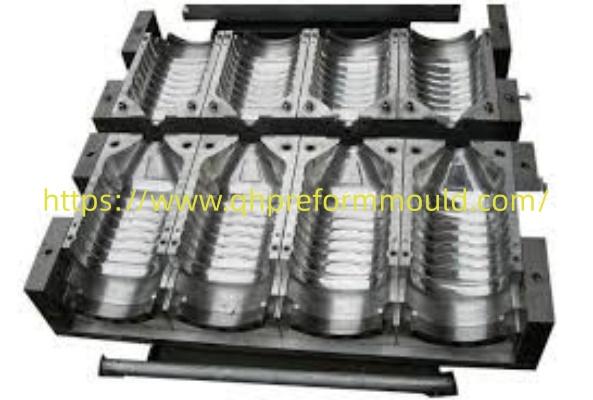How Does Cap Mould Affect Handling Accuracy And Spatial Coordination

The precision of a Cap Mould determines the reliability, efficiency, and tactile experience of containers in diverse settings. Observing user interactions reveals how subtle shaping influences handling, control, and alignment. Properly formed caps support smooth rotation, predictable closure, and secure placement, allowing individuals to engage naturally with daily routines while minimizing strain and maximizing confidence.
Proportion, surface texture, and contour are essential elements in cap design. A slight ridge can guide fingers into position. A balanced circumference ensures steady rotation. Smooth finishing reduces friction and enhances tactile comfort. These elements collectively contribute to intuitive handling and long-term usability. Designers must consider the interaction between cap shape and container volume, ensuring that lids fit precisely without requiring excessive force or adjustment.
QIHONG MOUlD applies careful observation to every shaping decision. By analyzing hand movements, resting angles, and gripping tendencies, the design process ensures that products accommodate diverse gestures and environmental contexts. Form is not merely about visual appeal; it encompasses performance, ergonomics, and practical integration into everyday life. This attention to detail supports both efficiency and subtle satisfaction during repeated tasks.
In shared or industrial spaces, well-crafted caps enhance operational efficiency. They reduce the need for adjustment, prevent spillage, and maintain alignment during stacking or storage. Consistency across repeated use supports reliability, enabling individuals to operate confidently and fluidly. Subtle modifications, such as a tapered lip or a textured edge, can improve control while maintaining a seamless visual appearance.
The second reference to Cap Mould emphasizes that even minimal shaping choices significantly impact perception and performance. Ergonomic considerations influence comfort during extended handling, contributing to smoother processes and less fatigue. Predictable interaction strengthens trust in the object and its intended function, creating a sense of dependability that extends to group activities, storage systems, and routine operations.
Surface responsiveness and tactile feedback are central to effective design. A slight indentation can guide finger placement, while balanced contouring encourages consistent rotation. These factors reduce cognitive load and facilitate confident, repeated motions. Thoughtful attention to dimensions, edge transitions, and grip alignment ensures objects integrate naturally into both personal and collaborative workflows.
Design does not rely solely on physical performance. Emotional resonance emerges from secure closure, tactile feedback, and confident alignment. Users respond subconsciously to these cues, and over time, familiarity reinforces both comfort and efficiency. A well-formed lid becomes integral to workflow, storage, and everyday handling, seamlessly blending functionality with human rhythm. Proper alignment between visual cues and tactile response enhances both perception and practical usability.
For those interested in exploring caps that combine precision, reliability, and ergonomic awareness, additional details can be found at https://www.qhpreformmould.com/product/bottle-cap-handle-moulds/
- Art
- Causes
- Crafts
- Dance
- Drinks
- Film
- Fitness
- Food
- Games
- Gardening
- Health
- Home
- Literature
- Music
- Networking
- Other
- Party
- Religion
- Shopping
- Sports
- Theater
- Wellness


